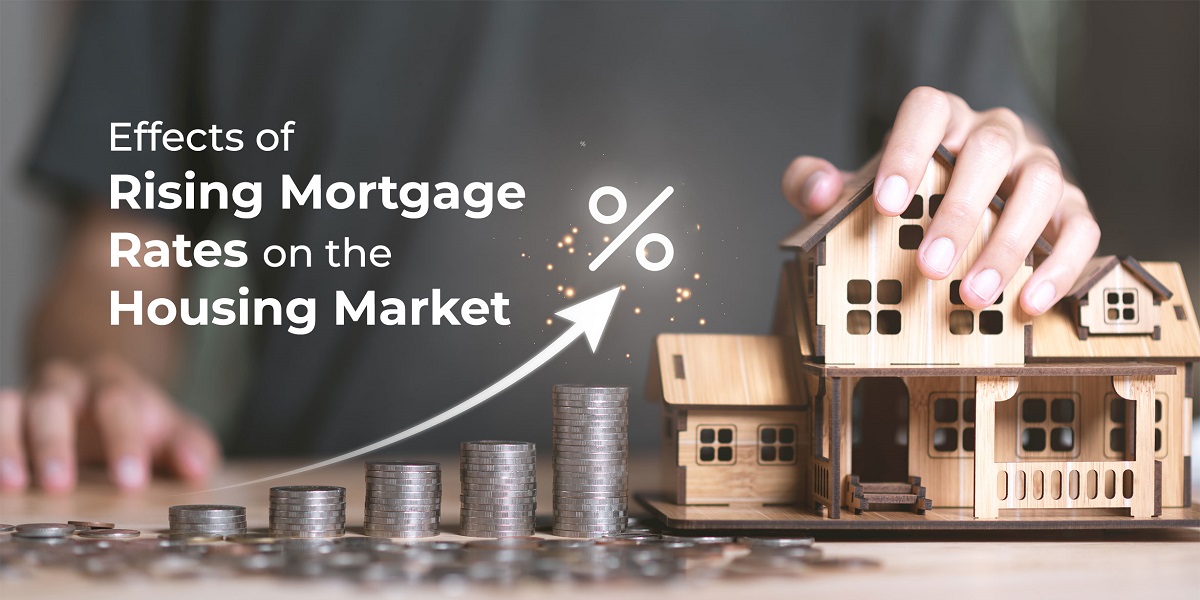Mortgage Rates Return to Long-Term Lows in 2025 – Opportunities for U.S. Buyers

Mortgage Rates Return to Long-Term Lows in 2025: Mortgage rates are back near long-term lows in 2025, with 30-year rates hovering at ~6.58%. Explore refinancing opportunities, homebuyer strategies, analyst insights, historical comparisons, FAQs, and real-world examples in this comprehensive U.S. housing guide.
After months of volatility, mortgage rates in the U.S. have fallen back toward long-term lows, bringing much-needed relief to prospective homebuyers and existing homeowners. As of late August 2025, the average 30-year fixed mortgage rate sits around 6.58%, the lowest level since October 2024.
This shift could reshape the housing market. Whether you’re a first-time buyer, a homeowner considering refinancing, or an investor monitoring housing demand, these new numbers carry major implications.
In this article, we’ll cover:
- Where mortgage rates stand today
- Why rates have fallen and what’s driving the trend
- Expert analyst insights and forecasts
- Multiple scenarios for buyers and homeowners
- Real-world examples of cost savings
- Historical comparisons to give context
- Google-friendly FAQs to answer key questions
1. Current Mortgage Rate Snapshot
Today’s Numbers
| Mortgage Type | Average Rate (Aug 2025) | Notes |
|---|---|---|
| 30-Year Fixed | ~6.58% | Lowest since Oct 2024 |
| 15-Year Fixed | ~5.71% | Popular for refinancers |
| Bankrate National Avg | ~6.62% | 10-month low |
| Recent Daily Range | 6.75% → 6.52% | High volatility |
What’s Behind the Dip?
- Treasury Yield Drops: Mortgage rates closely follow the 10-year Treasury yield, which has fallen recently.
- Weaker Jobs Data: Softer labor reports fueled expectations of a potential Federal Reserve rate cut, pushing borrowing costs lower.
- Inflation Trends: With inflation showing signs of cooling, lenders are adjusting rates to reflect long-term expectations.
Key takeaway: Rates are trending lower, but affordability still hinges on persistently high home prices.
2. Why These Rates Matter
Affordability Boost
Even a small dip in mortgage rates makes a big difference in monthly payments. For example:
- A $400,000 loan at 6.8% = ~$2,610 monthly payment
- The same loan at 6.3% = ~$2,475 monthly payment
- Savings = $135 per month, or $1,620 per year
Homebuying Activity
- Existing home sales rose 2% in July 2025, surprising analysts. Lower rates are clearly nudging hesitant buyers back into the market.
Refinancing Potential
- Around 3 million homeowners could now qualify for refinancing.
- Refinancing from 6.6% → 6.3% could save $200–$250 monthly on average.
3. Expert & Analyst Insights
- Wells Fargo Investment Institute: Warns that despite possible Fed cuts, mortgage rates may not fall dramatically because Treasury yields remain elevated.
- National Association of Realtors (NAR): Chief economist Lawrence Yun highlighted growing affordability and increasing inventory, giving buyers more leverage.
- Market Strategists: Expect rates to hover between 6.3%–6.8% through year-end, unless economic data shifts drastically.
4. Scenarios for Buyers & Homeowners
Scenario A: First-Time Buyer
- Situation: Rates are near 10-month lows.
- Opportunity: Lock in a fixed rate now to avoid volatility.
- Strategy: Consider a 2-1 buydown or rate-lock program if you expect rates to fall further.
Scenario B: Homeowner Considering Refinance
- Situation: Your current mortgage is 6.8% or higher.
- Opportunity: Refinancing at 6.3% could save you $240/month.
- Strategy: If refinancing costs can be recovered within 12–18 months, it’s worth acting quickly.
Scenario C: Waiting on the Sidelines
- Situation: You’re holding off for a bigger drop.
- Risk: Treasury yields may stay sticky, capping rate declines.
- Strategy: Watch inflation, jobs reports, and Fed meetings before making a move.
5. Real-World Examples
- Refinancer in Texas: A homeowner with a $350,000 loan refinanced from 6.9% to 6.3% → monthly savings of $210.
- First-Time Buyer in California: With rates down to 6.5%, they secured a $500,000 mortgage with payments $200 lower than last year’s estimates.
- Investor in Florida: Locked a 15-year loan at 5.7% for a rental property, boosting long-term cash flow.
6. Historical Perspective
| Period | Avg 30-Year Mortgage Rate | Context |
|---|---|---|
| 1981 (High) | ~16.6% | Volcker inflation fight |
| 2021 (Low) | ~2.65% | Pandemic-era stimulus |
| Long-Term Avg (1971-2025) | ~7.7% | Historical baseline |
| 2022 Peak | ~7.08% | Post-pandemic inflation |
| Aug 2025 | ~6.58% | Lowest in 10 months |
Perspective: Current rates are well below historical highs but far from the 2021 lows.
7. FAQs
Q1: Are mortgage rates really at long-term lows?
Yes. The 30-year rate at ~6.58% is the lowest since October 2024.
Q2: Should I refinance my mortgage now?
If your current rate is above 6.6%, refinancing could save you $200–$300 per month.
Q3: Will rates fall below 6% in 2025?
Unlikely unless the Fed makes aggressive cuts and inflation cools faster than expected.
Q4: How do today’s rates compare historically?
They’re below the long-term average (~7.7%) but much higher than the 2021 low of 2.65%.
Q5: Is now a good time to buy a home?
Yes, if you find the right property. Rates are favorable compared to recent peaks, and inventory is rising.
8. Investor & Homeowner Pointers
- Act on Refinancing: Don’t wait too long if you’re eligible; savings may shrink if rates rebound.
- Use Rate Locks: Secure today’s rate while maintaining flexibility.
- Budget Smartly: Rising property taxes and insurance costs can offset mortgage savings—factor them in.
- Stay Informed: Track the 10-year Treasury yield—it’s the best predictor of mortgage movements.
Conclusion
The return of mortgage rates to long-term lows around 6.58% marks a pivotal moment for the U.S. housing market in 2025. While affordability challenges remain, buyers and homeowners now have opportunities to lock in better deals, refinance existing loans, and re-enter the market with more confidence.
The big question is whether this trend will hold. Rates may stabilize near these lows unless economic shocks push them further down. For now, though, both buyers and homeowners can take advantage of a rare moment of relief in a challenging housing landscape.



